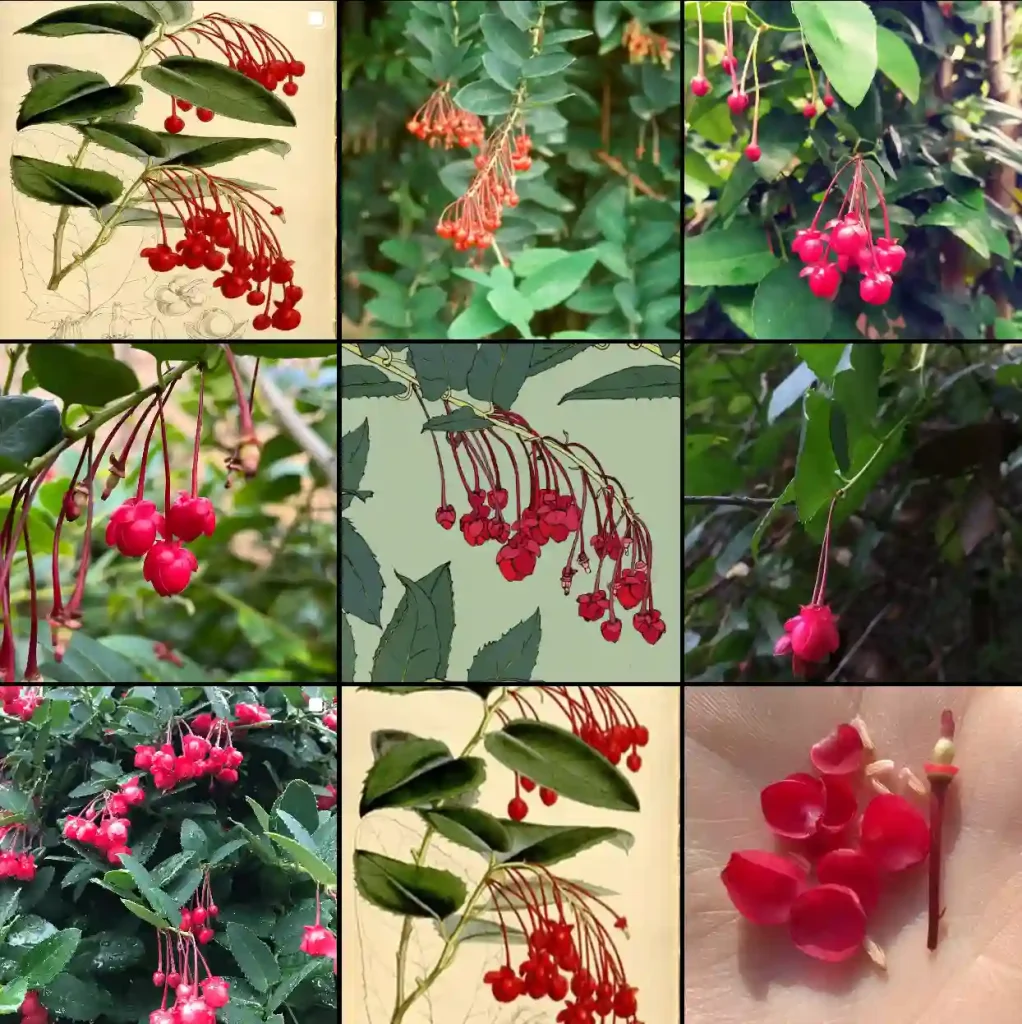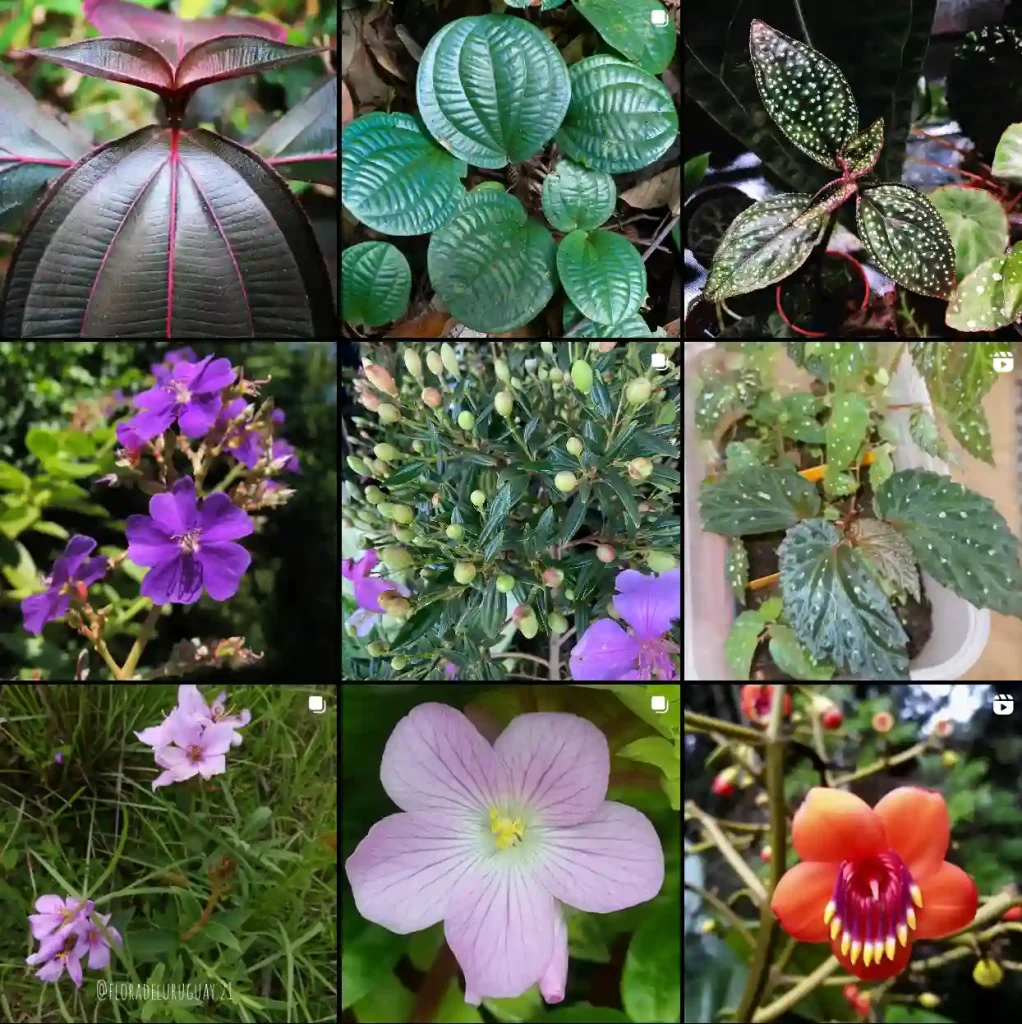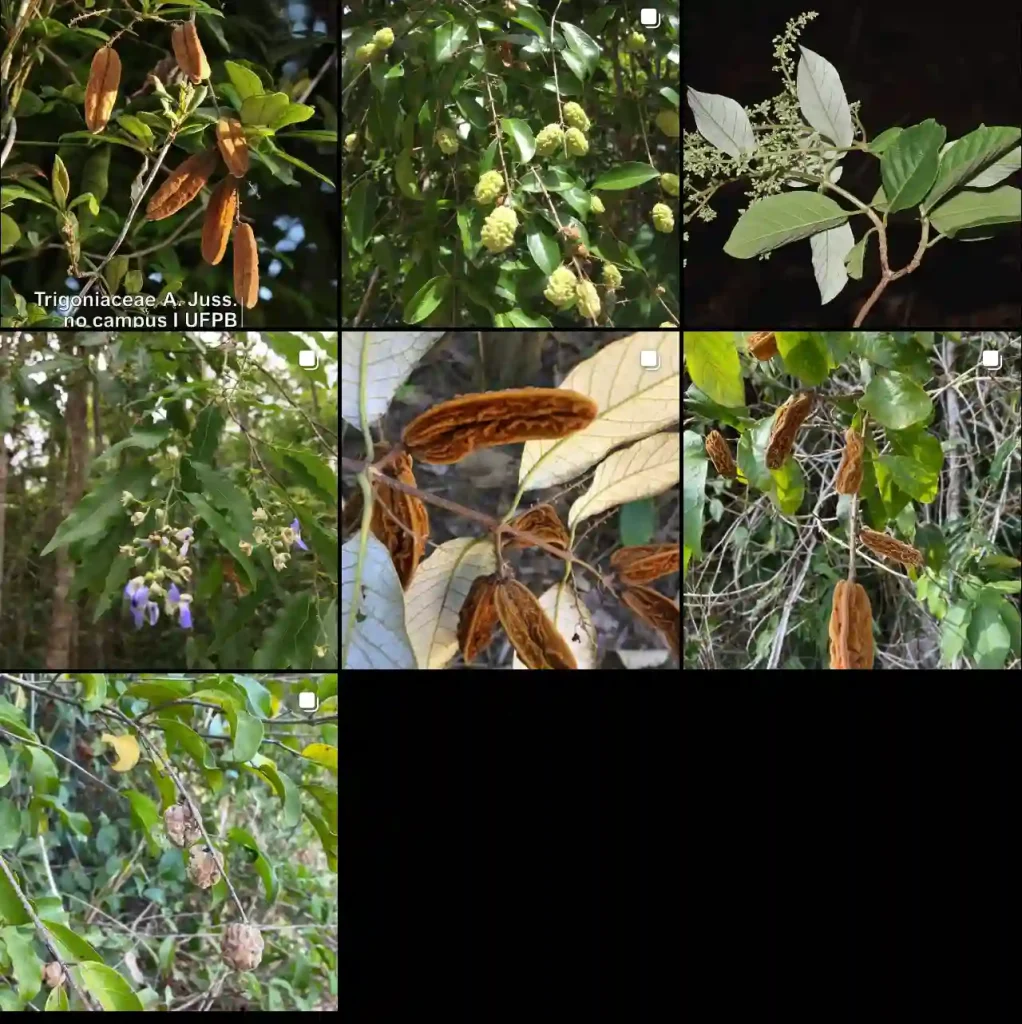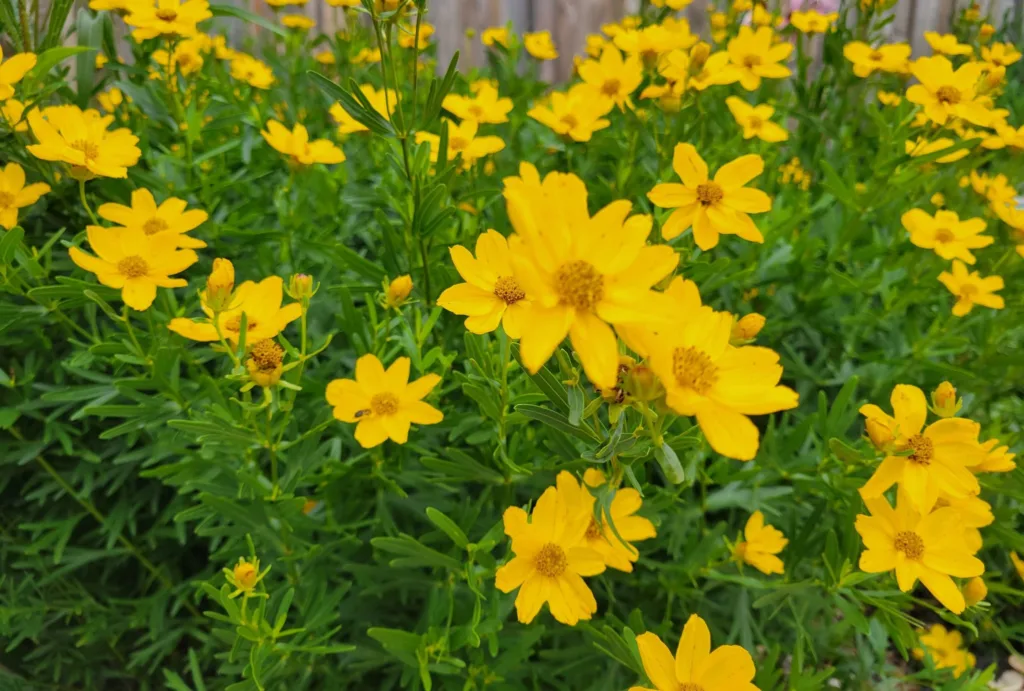The Enchanting Hoya Imbricata: A Collector’s Challenge
The world of Hoyas is vast and captivating, filled with unique varieties that challenge and enthrall plant enthusiasts. Among them, the Hoya imbricata stands out as a true collector’s gem. Its captivating foliage and demanding nature make it a prized possession for those seeking a unique addition to their indoor jungle.
For the past year, I’ve been utterly captivated by this Hoya. Its fleshy, pouch-like leaves, unlike any other Hoya I’d encountered, sparked a fire of curiosity. Since then, I’ve delved deep into the world of Hoya imbricata, uncovering its secrets and cultivating a thriving specimen.
Here, I share my experience and knowledge about this fascinating plant, hoping to guide you on your own Hoya imbricata journey.
What is Hoya Imbricata?
The Hoya imbricata, also known as the “Krinkled Hoya” or “Dolls Finger Hoya,” is a native of the Philippines. It thrives in the warm, humid environments of rainforests, clinging to trees and rocks with its aerial roots. Its most striking feature is undoubtedly its foliage. Unlike the flat, waxy leaves of many Hoyas, the Hoya imbricata boasts thick, fleshy leaves that curve inwards, resembling miniature pouches or dumplings. These unique leaves are believed to be an adaptation to conserve moisture in its natural habitat.
How to get Hoya Imbricata bloom?
While the beauty of the Hoya imbricata lies primarily in its foliage, coaxing it to bloom is a coveted achievement for many collectors. However, be warned: flowering this Hoya is notoriously difficult outside of its natural habitat. Many experienced Hoya growers have struggled to achieve this feat.
Despite the challenge, there are a few things you can do to increase your chances of witnessing the Hoya imbricata’s elusive blooms. First and foremost, provide it with optimal growing conditions – bright, indirect light, high humidity (ideally above 60%), and well-draining, airy potting mix. Additionally, some growers recommend allowing the plant to become slightly rootbound before attempting to induce flowering.
How to Care for Hoya Imbricata?
The Hoya imbricata thrives with specific care, mimicking its natural rainforest environment as closely as possible. Here’s a breakdown of the key factors to consider:
- Light: This Hoya is a light lover. Provide it with bright, indirect light for at least 6-8 hours a day. South-facing windows with sheer curtains are ideal in the Northern Hemisphere, while North-facing windows might be suitable in the Southern Hemisphere. Avoid harsh, direct sunlight, which can scorch the leaves.
- Humidity: As a native of the tropics, the Hoya imbricata craves high humidity (ideally above 60%). Grouping it with other humidity-loving plants, using a pebble tray filled with water, or investing in a humidifier can create a more favorable environment.
- Watering: Unlike many Hoyas, the Hoya imbricata enjoys consistently moist soil. Allow the top inch of the potting mix to dry out before watering thoroughly. Avoid soggy conditions, which can lead to root rot.
- Potting Mix: A well-draining, airy potting mix is crucial. A mixture of orchid bark, perlite, and a small amount of potting soil works well.
- Temperature: Maintain temperatures between 70-85°F (21-29°C). Avoid exposing your Hoya imbricata to sudden temperature fluctuations or cold drafts.
- Fertilization: During the active growing season (spring and summer), fertilize your Hoya imbricata with a diluted balanced fertilizer once a month. Avoid over-fertilizing, which can damage the roots.
Climbing to New Heights: Providing Support
The Hoya imbricata is a natural climber in its native habitat. Providing support for your plant will not only enhance its aesthetics but also encourage healthy growth. Here are some popular options:
- Moss Pole: A moss pole allows the aerial roots of the Hoya imbricata to attach themselves and climb upwards. Keep the moss pole damp to encourage root attachment.
- Trellis: A trellis provides a sturdy structure for the Hoya imbricata to climb and sprawl.
- Hanging Basket: A hanging basket allows the cascading vines of the Hoya imbricata to drape gracefully.
Sharing the Bounty: Propagating the Hoya Imbricata
Propagating the Hoya imbricata is a rewarding experience, allowing you to share the beauty of this plant with others. Here are two common methods:
- Stem Cuttings: Take stem cuttings during the spring or summer when the plant is actively growing. Choose a healthy stem with at least 2-3 nodes (the bump where a leaf meets the stem). Make a clean cut just below a node with sterilized pruning shears. Remove the bottom leaves, leaving at least one or two nodes exposed. You can then choose between two methods:
- Water Propagation: Place the cutting in a glass of filtered water, ensuring only the bottom node is submerged. Place the glass in a warm, brightly lit location with indirect light. Change the water every few days to prevent bacterial growth. Roots should develop within a few weeks. Once the roots reach about an inch long, you can transplant the cutting into a pot with a well-draining potting mix.
- Soil Propagation: Dip the cut end of the stem in rooting hormone (optional) and plant it directly into a pot filled with a well-draining potting mix. Water thoroughly and place the pot in a warm, humid location with indirect light. Keep the soil consistently moist but not soggy. Rooting might take a few weeks longer compared to water propagation.
- Leaf Propagation: While less successful than stem cuttings, propagating from leaves is still possible with the Hoya imbricata. Choose a healthy, mature leaf and cut it off the plant with a clean cut. You can then:
- Direct Soil Propagation: Plant the leaf petiole (the stem-like part connecting the leaf to the vine) directly into a pot with a well-draining potting mix. Ensure the petiole is slightly buried, and keep the soil consistently moist. New growth, if successful, will emerge from the base of the petiole. This method has a lower success rate and takes a significantly longer time compared to stem cuttings.
- Leaf in Water Propagation: Place the entire leaf, petiole and all, in a shallow container of filtered water, ensuring the petiole is submerged. Similar to stem cuttings in water, change the water every few days and provide bright, indirect light. While roots might develop from the petiole, it’s unlikely a new plant will form. However, this method can be used to encourage the growth of new plantlets from existing buds on the leaf itself, although success is uncommon.
Patience is Key: Potential Challenges
The Hoya imbricata, while captivating, can be a demanding plant. Here are some common challenges you might encounter:
- Slow Growth: Don’t be discouraged by the slow growth rate of the Hoya imbricata. This is a characteristic of the plant, and patience is key.
- Leaf Curl: Slight curling of the leaves is natural for the Hoya imbricata. However, excessive curling can be a sign of underwatering, incorrect humidity levels, or pest infestation.
- Mealybugs: These tiny, white insects are common pests on Hoyas. Regularly inspect your plant and treat them with insecticidal soap or neem oil if spotted.
Conclusion: The Allure of the Hoya Imbricata
The Hoya imbricata is a plant that rewards dedication. Its unique foliage and the challenge of coaxing it to bloom make it a coveted treasure for plant enthusiasts. With the right care and patience, you can cultivate a thriving Hoya imbricata that will grace your home for years to come. So, embark on this journey, embrace the challenge, and enjoy the captivating beauty of this extraordinary Hoya.



